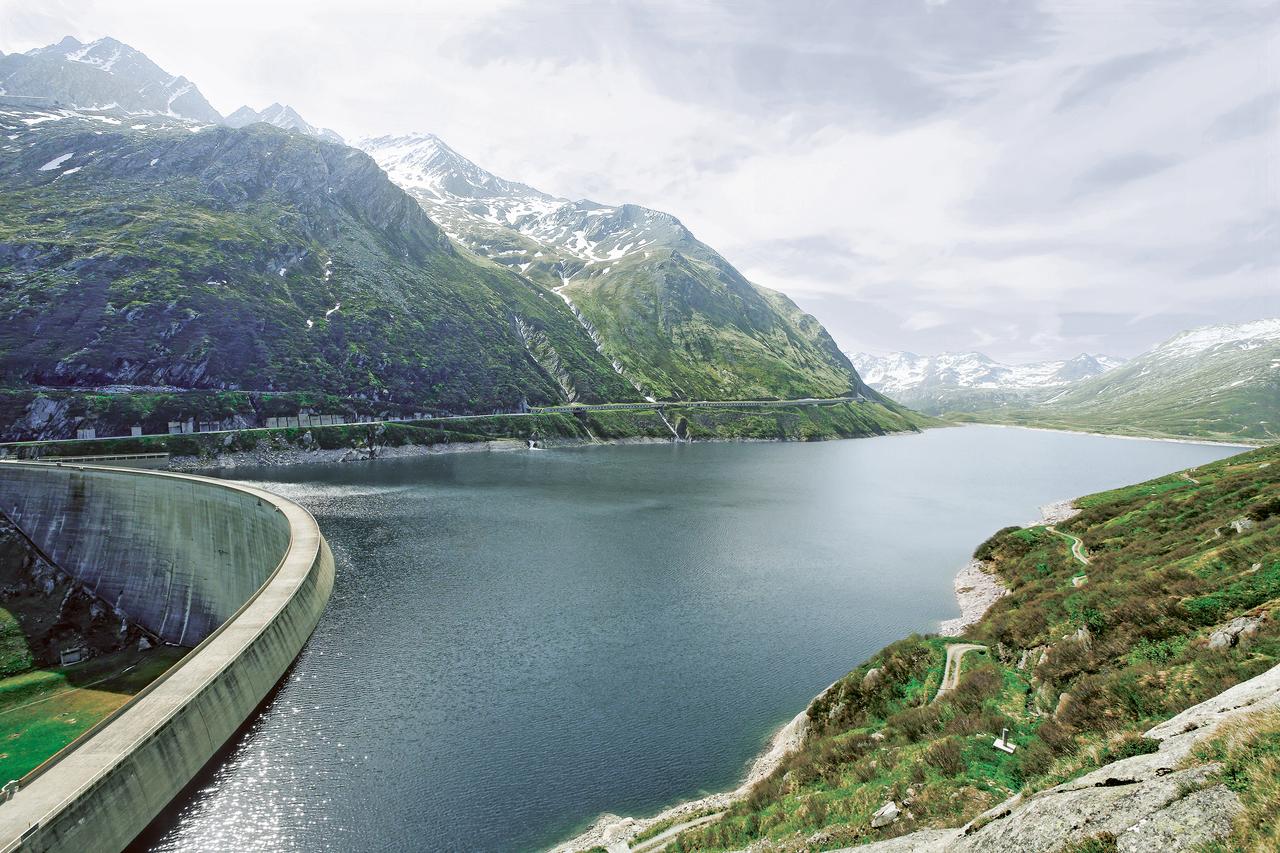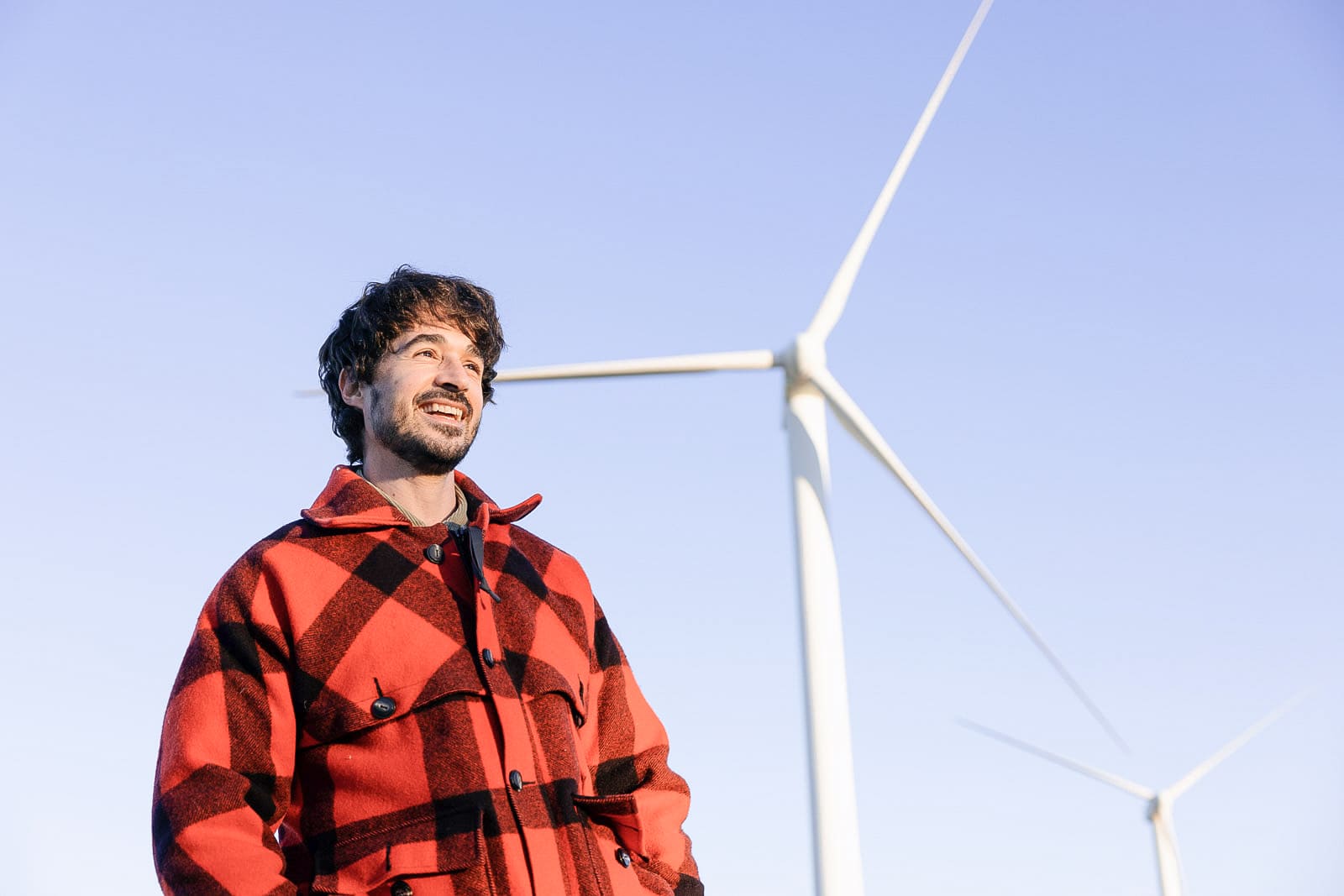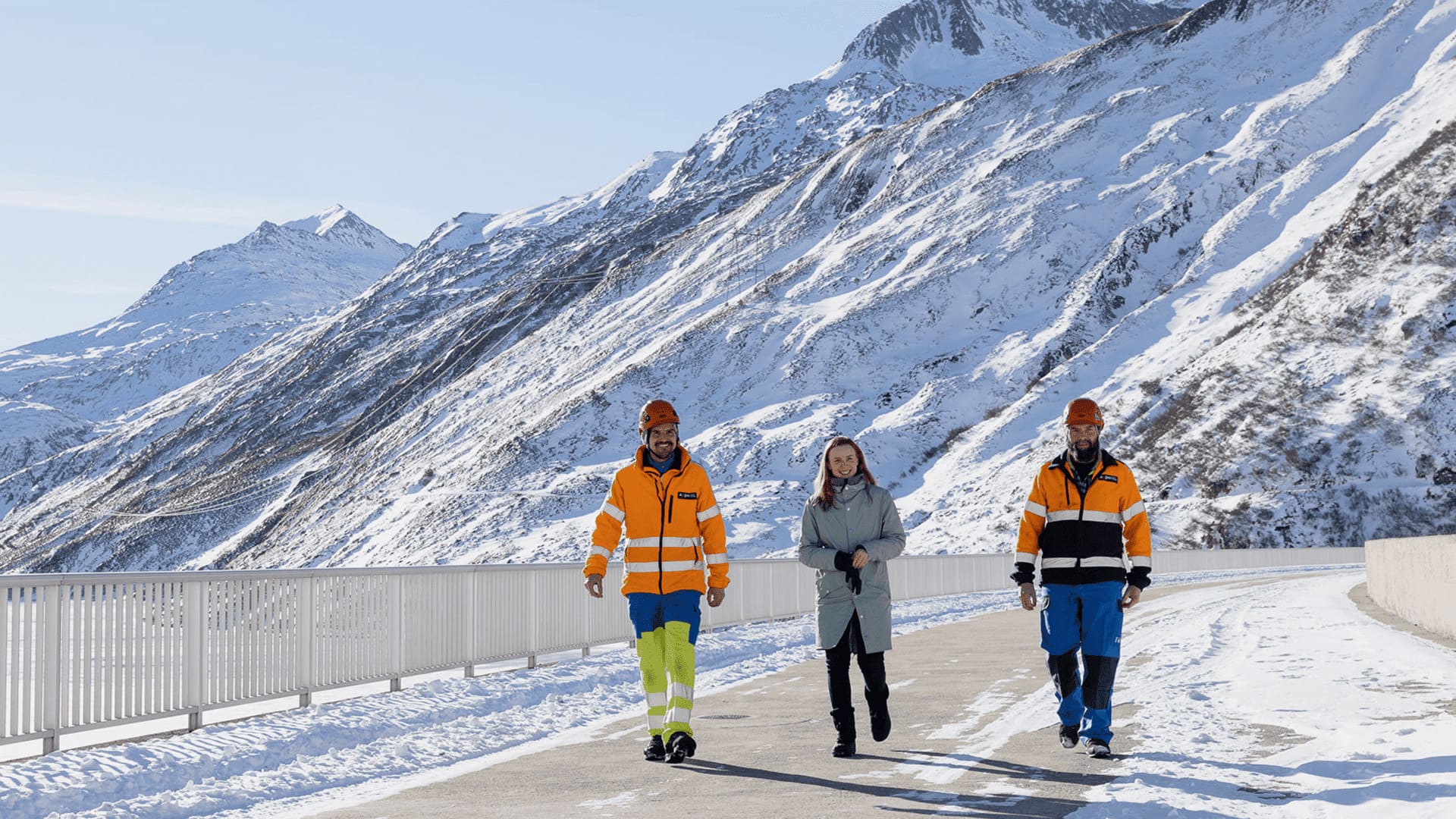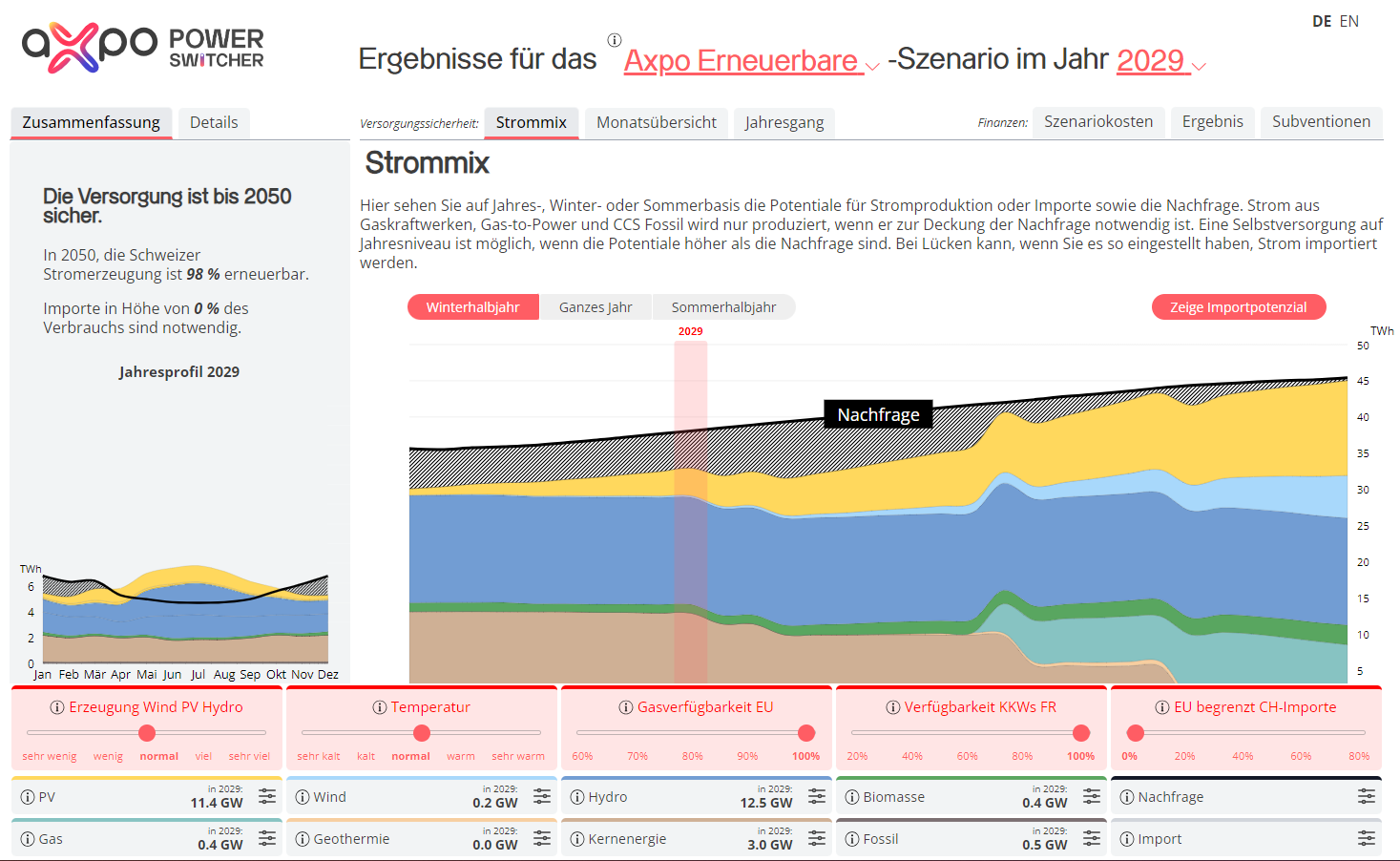07.07.2020 | Revision of the Energy Act
"Existing large hydropower was left out"
If the Government does not improve the current revision of the Energy Act, Swiss hydropower will have a particularly difficult time in the future. Peter Lustenberger, Head of Asset Management Hydroenergy at Axpo, explains what it takes to ensure that hydroelectric power remains the strong backbone of Swiss electricity production.
The revision of the Energy Act provides for a doubling of contributions for the construction of new large hydroelectric power plants. That must make you feel optimistic.
It is at least a clear sign. Policymakers believe that hydropower will play a central role in the electricity supply of the future. However, it must be said that contributions are only intended for new plants. Unfortunately, the potential for expanding large-scale hydroelectric power in Switzerland is limited. For us operators, the main concern is to keep the existing plants in good working order. And it is precisely large-scale hydropower that was forgotten in the revision of the Energy Act.
What do you mean by that? As the Federal Council says, hydroelectric power is the backbone of Switzerland's electricity supply. Knowing that it has this backbone, isn't it justifiable to focus primarily on the expansion of new renewables?
That's too easy. To stick with the analogy: a backbone that you don't train will degenerate. That's the risk for the existing large-scale hydroelectric power plants in Switzerland. Existing hydroelectric power plants that would need to be renewed will not receive any funding in the future. Because the risk of market prices is too high, no operator is able to make major investments in renewal. In other words, we will do only the bare minimum at our power plants. And to a certain extent we accept that reliability will suffer.
"A backbone that you don't train will degenerate. That's the risk for the large-scale hydroelectric power plants."Peter Lustenberger, Head of Asset Management Hydroenergy at Axpo
Existing hydroelectric power stations are regularly refurbished. For example, Axpo completely renovated the Eglisau power plant a few years ago. This means that it can also be done without funding.
A good example. It shows what is possible. In Eglisau, we have invested almost CHF 200 million in a plant that is now 100 years old, thereby increasing electricity production by 30 percent. There is similar potential for extension at many plants. However, the decision to renew was taken about 15 years ago, i.e. before the electricity market was opened up. Today, the decision would not be the same. In view of the market price risks, it would not be economically justifiable. We simply cannot assume that such an investment would pay off.
What does it mean for the future of hydropower if only "the bare minimum" is done?
It means that we limit ourselves to maintenance work and do not carry out total revisions. It also means that the condition of the plants will deteriorate in the medium term. In the long term, capacities could even be lost. One thing is certain: reliability suffers - which is a cause for concern. Hydroelectric power is our security in mitigating the volatility of the new renewables. It would be fatal if hydropower were suddenly to become volatile as well because of the neglected preservation of substance.
What would it take to keep Switzerland's hydroelectric power plant park in good shape beyond what is absolutely necessary?
The operators of the large hydroelectric power plants need a certain degree of security for renewal. No one is currently willing to make major long-term investments. Market prices are too volatile for that. At the same time, however, there is an overarching economic interest in reliable hydropower. Security of supply has its price, and that price must be paid collectively. No company can do this alone. This is why we are advocating a retroactive balancing of market risks as part of the revision of the Energy Act.
What does that mean?
If an operator invests in the renewal of a hydroelectric power station, he should retroactively receive back part of his investment - and only if the power station has not paid for itself. We assume a maximum of 60 percent of the costs. In this way, the market risk would be shared between the operator and the consumer. After all, both have an interest in strong large-scale hydropower. This would give more operators the courage to make long-term investments and also to take certain risks.




.jpg)





